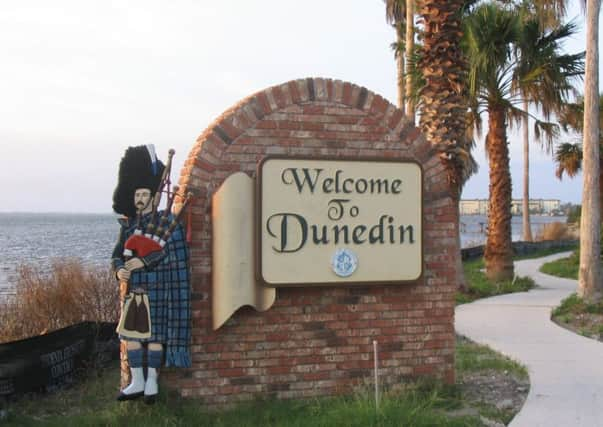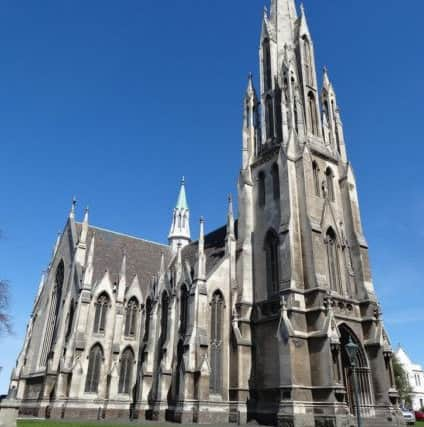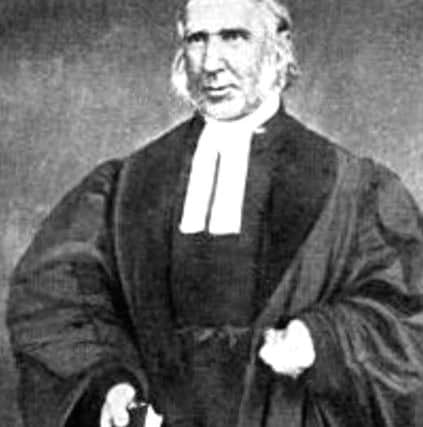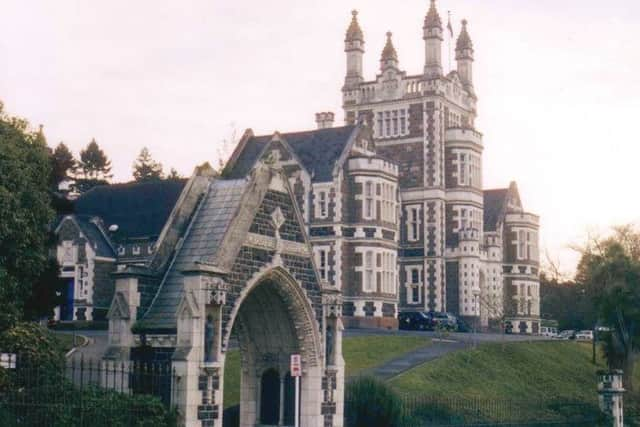The Scottish origins of New Zealand city Dunedin


Shops on the main street stock Dunedin tartan, tweeds and Scottie dog trinkets and sign posts point to places such as Leith Valley, Corstorphine, Musselburgh and Calton Hill.
Bars pride themselves on their selections of fine malts, churches have an air of architectural familiarity and the municipal chambers looks as if it could have been transported from any Scottish town. A statue of Robbie Burns stands in the main square.


Advertisement
Hide AdAdvertisement
Hide AdIt was the poet’s uncle, Rev Thomas Burns, who was among the first settlers to arrive in Dunedin, the Gaelic for Edinburgh, having been appointed by the Free Church to lead a new presbyterian settlement in the South Pacific.
On landing at Port Chalmers on March 23 1848, one passenger on the John Wickliffe, the fist ship to carry Scottish settlers to the South Island of New Zealand, wrote in his diary: “All seemed pleased and called it a goodly land – Port Chalmers and around is truly beautiful – rich in scenery – its slopes and shores are fertile, and wooded to the water’s edge.”
Every year in Dunedin, the arrival of these first settlers from Scotland is marked by Otago Anniversary Day, the public holiday falling this year on Monday.


A second boat sent by the Otago Association, founded by the Free Church to broker land sales in South Island for its followers, arrived on April 15 with more than 200 people on board. They had spent 114 days at sea since leaving Greenock.
On board were people such as Adam James, 25, a boatbuilder; James Blackie, 21, a school teacher, James Brown, 23, a calico printer and Mary Pollok, 19, a servant.
By the end of the 1850s, around 12,000 Scots had joined them in this new flourishing city, many from the industrial lowlands.
Artisans, small traders and industrial workers were to make up a third of all Scottish migrants to New Zealand with almost 70 per cent of this group coming from the Edinburgh and Glasgow area.


Advertisement
Hide AdAdvertisement
Hide AdA number left Paisley in the early 1840s when its weaving industry was in trouble with the south part of the city to become known as “Little Paisley”.
It was George Rennie MP, born in East Lothian, who first proposed a Scottish settlement in 1842 when he declared “We shall found a New Edinburgh at the Antipodes that shall one day rival the old.”
Chief operators of the church-led plan included William Cargill, a former British Army captain who commanded the John Wickliffe and became the first superintendent of Otago.
Edinburgh solicitor John McGlashan, became the Otago scheme’s chief organiser and promoter who commandeered residents for the new colony and organised ships.


His office at 27 South Hanover Street was open 10 hours a day as people turned up at his door to organise their passage.
Conditions were tough on arrival with relentless hard graft required to transform mud and bush into even the most primitive settlement. A number of wattle and daub cottages were constructed with the place dubbed “Mud-edin” given the coarse conditions.
Still, the Free Church, in an 1853 publication, had the highest praise of the new Scots residents who were “mostly of the labouring classes who had the aim of becoming landowners.”
Advertisement
Hide AdAdvertisement
Hide AdThe author noted the “very high character” of the residents and the “very serious regard to their religious duties.”
The extreme piousness of the settlement is made startling clear.
“The silent religious aspect of our Sabbath, the solemn seriousness, the death-like stillness, and the reverential attention in the house of God strike every stranger and are unequalled by anything of my experience,” the account added.


Despite the growth of Dunedin, the Otago Association folded in 1852 after repeatedly failing to meet is sales targets with its assets and liabilities taken over by the British Government.
McGlashan took a ship to join the settlers in Otago. He and Captain Cargill were to become major players in the governance of the region with the moral authority delivered by Rev Burns, a foundation chancellor of the University of Otago who some disliked for his heavy handed puritanical ways. Anglicans were referred to as “Little Enemy” by the Ayrshire-born minister.
As Tom Devine noted in To the Ends of the Earth, one anonymous correspondent to the New Zealand Otago Times, writing under the pseudonym a Staunch Englishman, described the Scots settlers as a “mean, close, bigoted, porridge-eating” lot who were prone to “minding the sixpences.”
The legacy of those first settlers is, however, ample. Otago Boys’ High School was set up in 1864, the University of Otago in 1869 and Otago Girls’ High School, one of the first state-run schools of its type in the world, opened in 1871.
Advertisement
Hide AdAdvertisement
Hide AdJohn McGlashan College, Dunedin’s Presbyterian boys’ school, was founded in 1918 from a bequest to the Church by McGlashan’s daughters.
The stiff presbyterian tone of Dunedin is also said to have spurred a “creative rebellion” with works by Dunedin poet James K Baxter considered among the country’s finest.
Today, whisky, pipe band sand the city’s own Haggis Ceremony continue to mark the impact of those first Scottish settlers who arrived.
Mark Twain, after visiting Dunedin in 1895, wrote of them: “The people are Scotch. They stopped here on their way from home to heaven thinking they had arrived.”